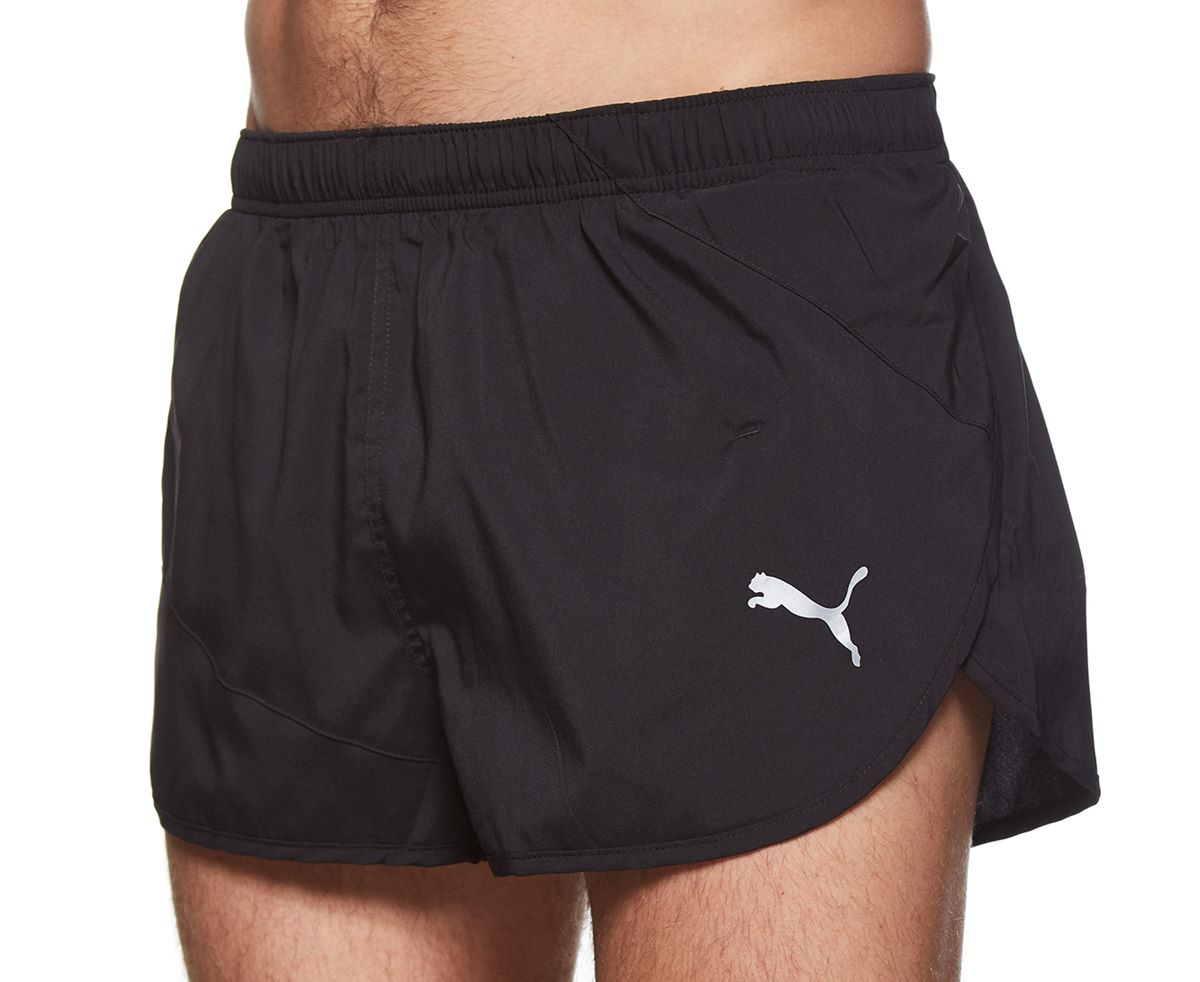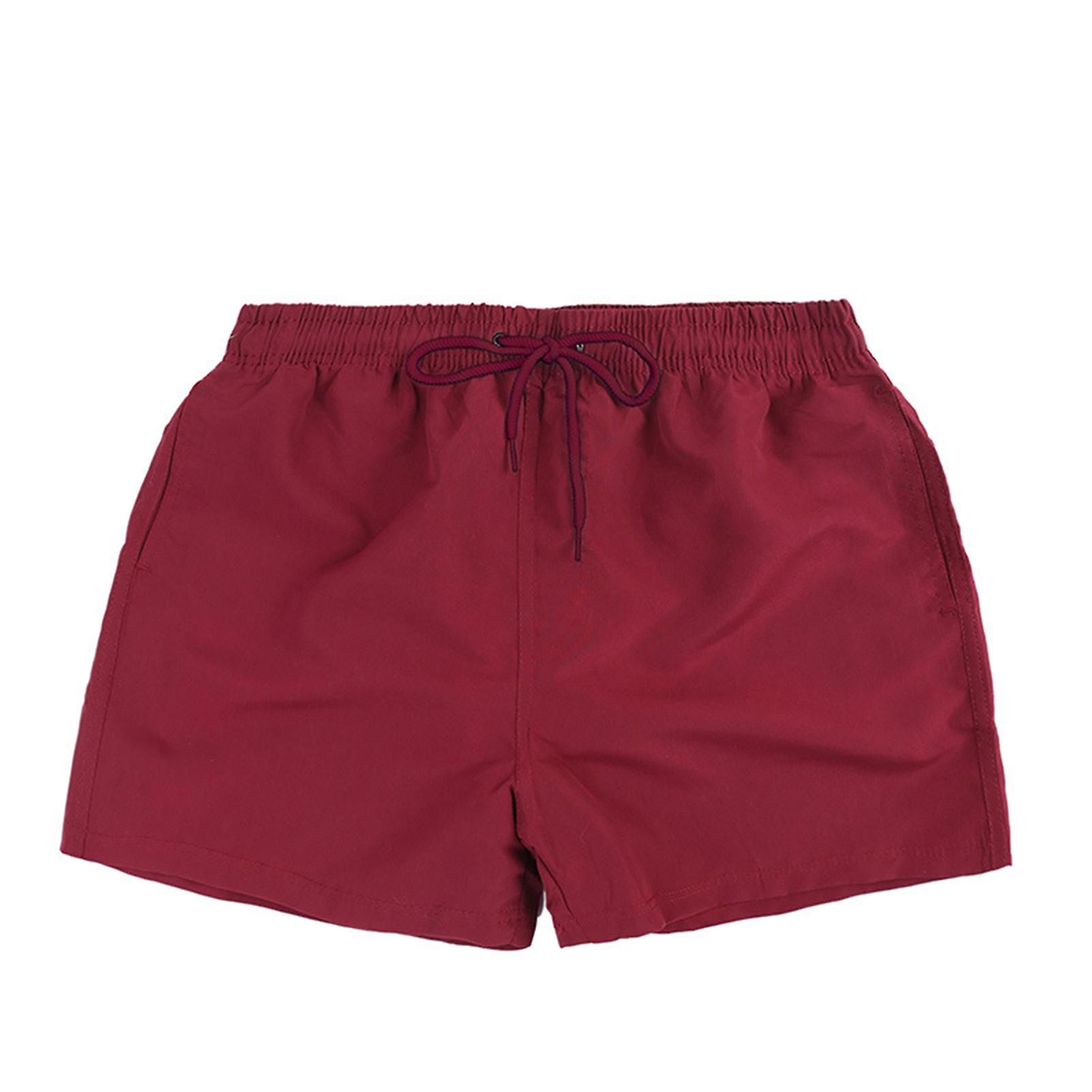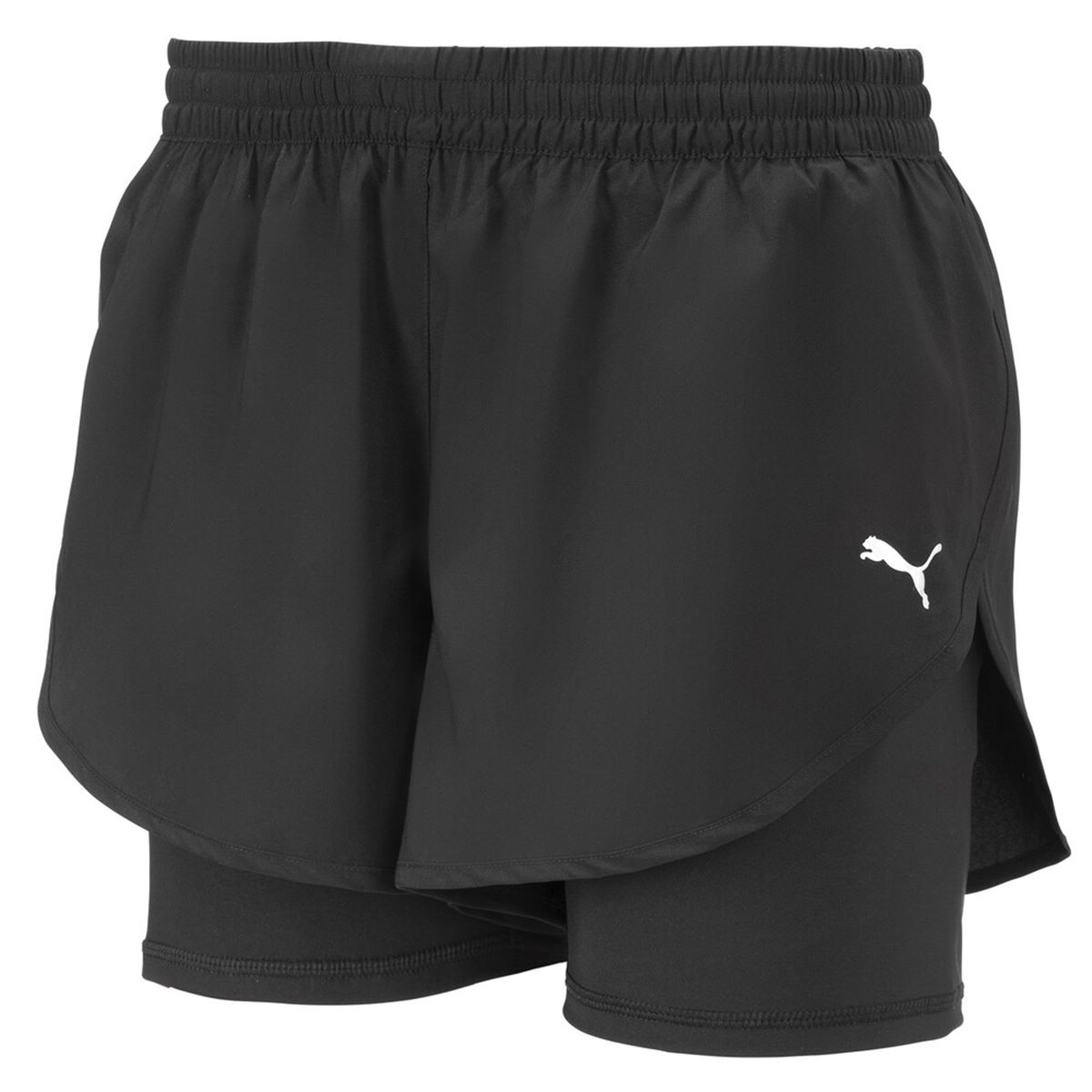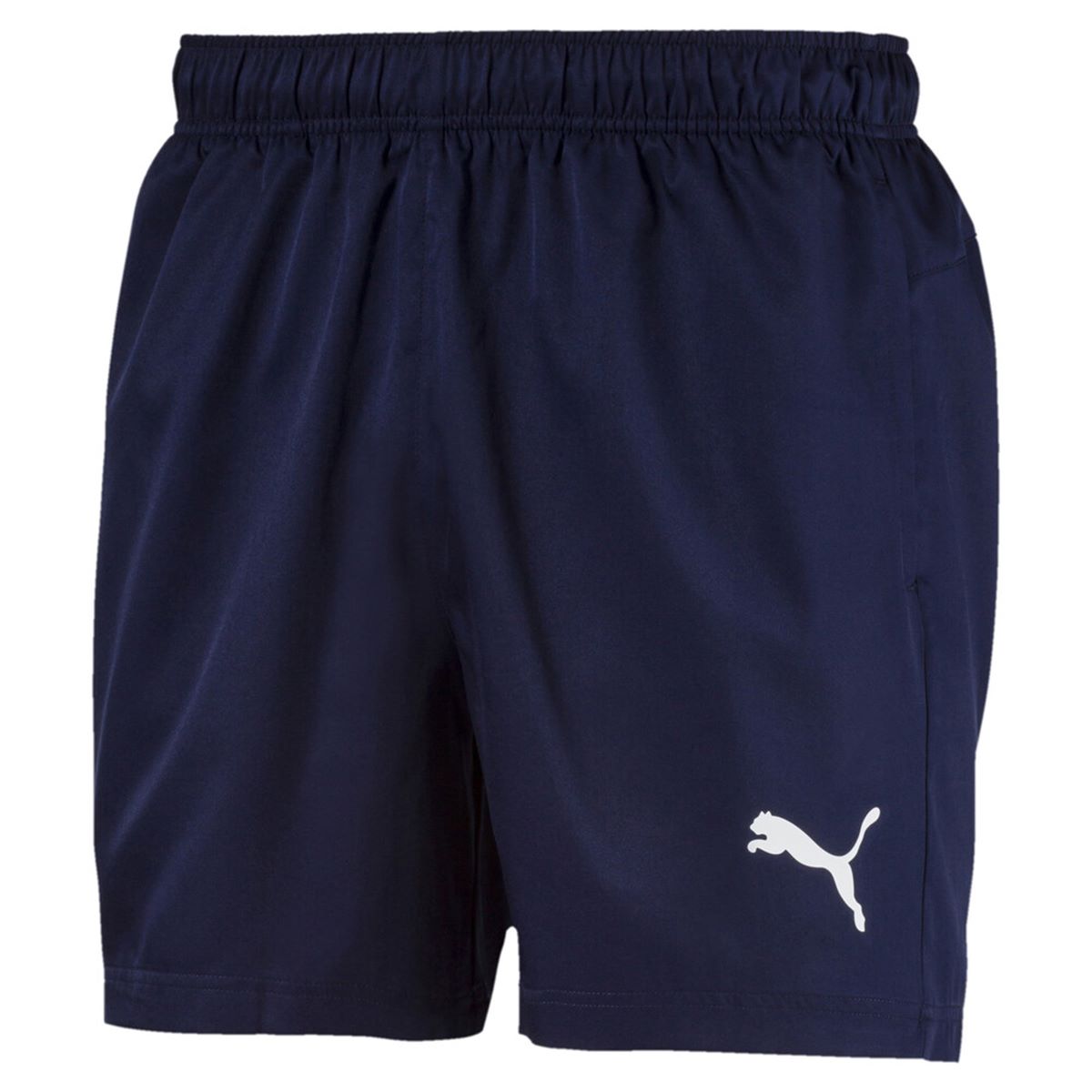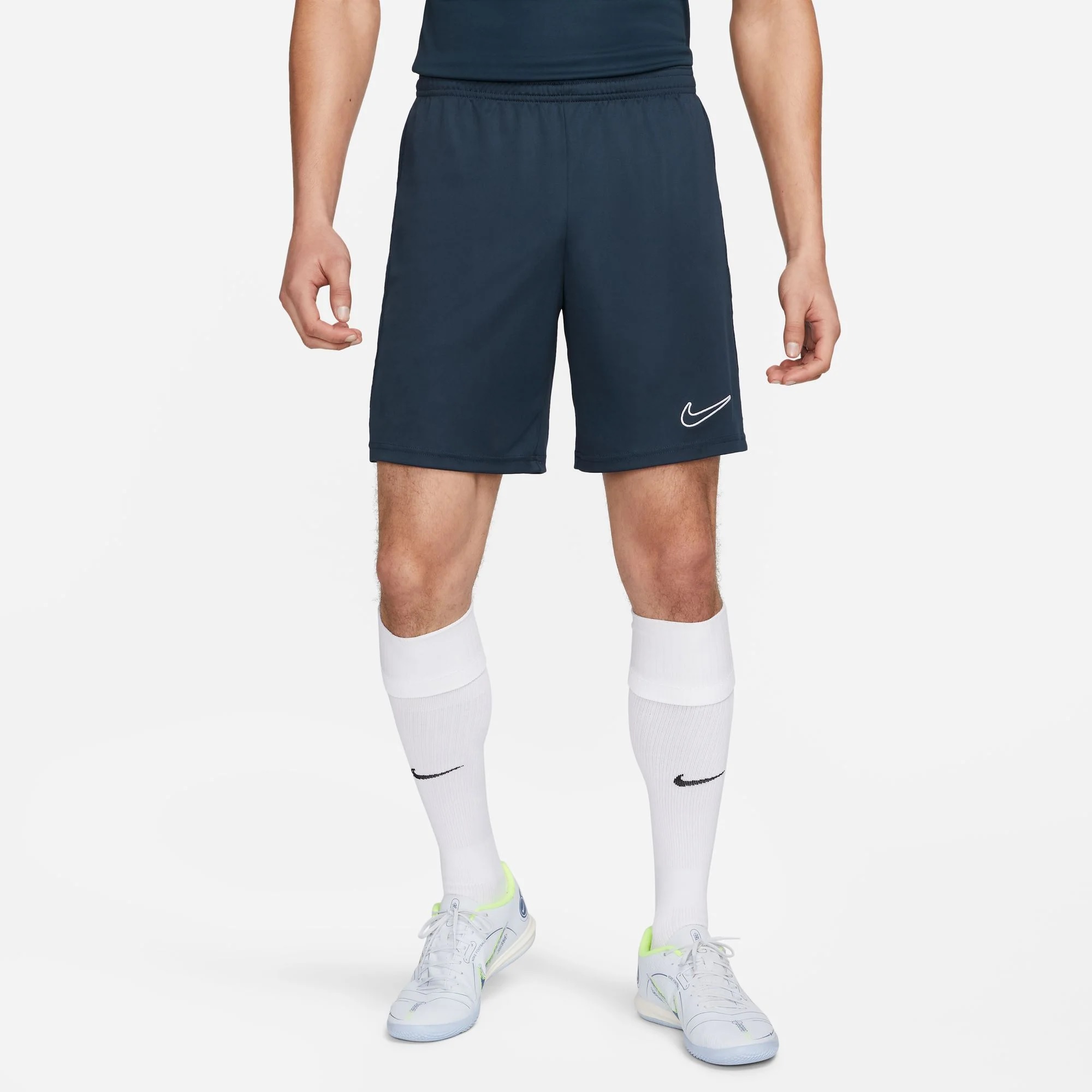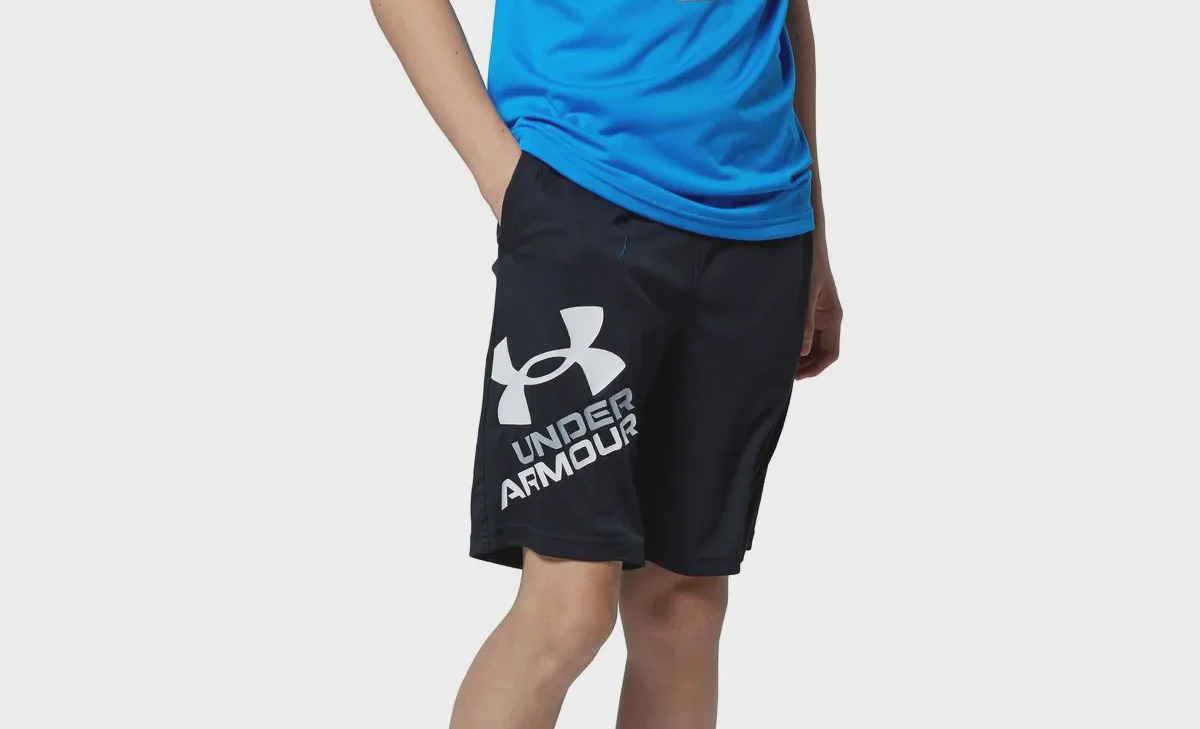Home>Shop by Gender>Unisex Running Shorts>What Makes Running Shorts Different from Regular Shorts?


Unisex Running Shorts
What Makes Running Shorts Different from Regular Shorts?
Modified: January 2, 2024
Uncover the key differences between running shorts and regular shorts. Gain insights into how these specialized shorts enhance performance, optimize movement, and provide the necessary functionality for a comfortable and efficient running experience.
When it comes to shorts, one size does not fit all. Like any clothing made for specific activities, running shorts have unique features that set them apart from regular shorts. These differences are not just about style but also enhance comfort, boost performance, and reduce the risk of injuries. This article will delve into what exactly makes running shorts different from regular shorts, highlighting the critical role that each element plays.
Material and Fabric
The materials used in running shorts are distinct and specialized to meet the needs of an active runner. Regular shorts, on the other hand, can be made of anything from denim to cotton, which do not necessarily offer the same benefits.
Running shorts are generally made of:
- Polyester: Lightweight, durable, and quick-drying.
- Spandex: Offers excellent flexibility and stretch.
- Nylon: Resilient and abrasion-resistant.
Each material is selected for its specific properties such as breathability, moisture-wicking capability, and durability.
Design and Construction
Running shorts and regular shorts differ considerably in their design and construction, prioritising enhancing a runner’s performance.
Design features of running shorts include:
- Split seams or V-notches: The sides of running shorts have split seams or v-notches to facilitate a wider range of movement.
- Built-in briefs or liners: They provide support, reduce chafing, and negate the need for additional undergarments.
- High-cut sides: This design enhances freedom of movement, especially important for long strides.
Comfort and Fit
Comfort is paramount for any physical activity. Running shorts provide just that, unlike regular shorts.
Here’s how running shorts ensure comfort:
- Elastic waistbands and drawstrings: These offer a personalized fit, ensuring the shorts stay in place during high-intensity running.
- Flatlock seams: They reduce the risk of chafing and skin irritation.
- Wide leg openings: They allow for unrestricted movement of the legs.
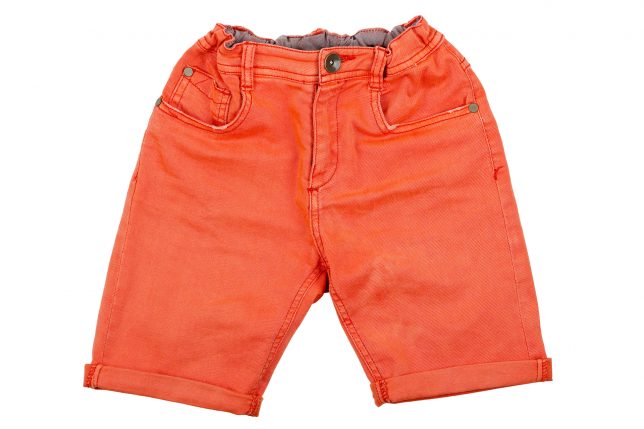
Image from Adobe
Functionality and Convenience
Running shorts go beyond aesthetics and comfort. They bring functionality to the forefront, a quality you might not find in regular shorts.
Functional aspects of running shorts include:
- Pockets and loops: Running shorts have pockets and loops to securely store essentials like keys, energy gels, and even space for race bibs or a light jacket.
- Reflective elements: They enhance visibility in low light conditions, ensuring the runner’s safety.
- Moisture-wicking and quick-drying properties: This keeps the runner dry and comfortable, regardless of the weather.
Performance Enhancement
Running shorts can subtly contribute to improving a runner’s performance – a feature that regular shorts usually don’t provide.
- Lightweight and less wind resistance: By eliminating excess fabric, running shorts help runners cut through the air more efficiently.
- Temperature regulation: In hot conditions, running shorts dissipate heat due to their breathable nature. During cooler weather, thermal running shorts help retain body heat.
Conclusion
Running shorts, with their specialized materials, design, comfort and fit features, functionality, and potential for performance enhancement, are significantly different from regular shorts. Whether you’re a seasoned runner or just getting started on your running journey, understanding these differences can greatly impact your experience. These make each stride more comfortable, efficient, and enjoyable.
Frequently Asked Questions
Can I wear regular shorts for running?
While you can technically wear any shorts for running, it’s advisable to wear running shorts due to their specialized design and material that enhance performance, comfort, and safety during your runs.
Are running shorts necessary for short runs?
Yes, even for short runs, running shorts can provide significant benefits such as reduced chafing, better motion range, and moisture management, enhancing your overall running experience.
What’s the difference between men’s and women’s running shorts?
Both men’s and women’s running shorts offer the same basic features. However, the key differences lie in the cut, fit, and design. These are tailored to each gender’s anatomy and comfort.
Do running shorts have pockets?
Yes, many running shorts come with pockets. These can range from small key pockets to larger pockets designed to hold a phone. Some even have loops for attaching race bibs or a light jacket.
Why do some running shorts have a lining?
The lining in running shorts acts like built-in underwear. It provides support, reduces chafing, and negates the need for additional undergarments, making the running experience more comfortable.

